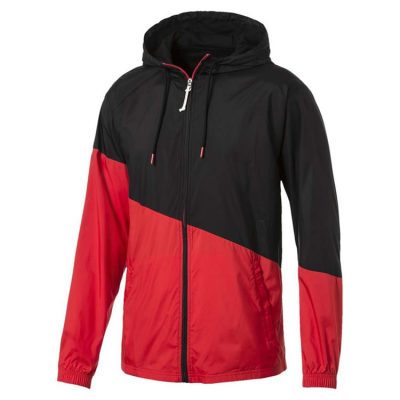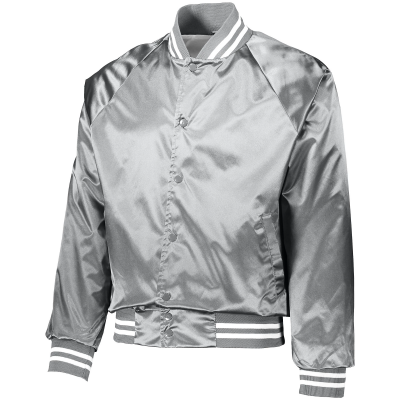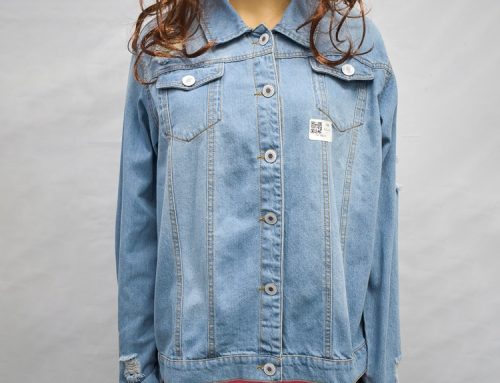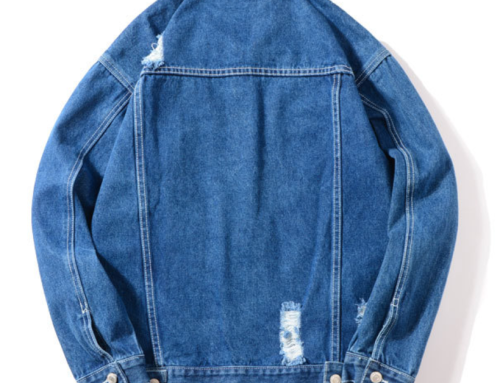Certainly, let’s take a historical look at the evolution of winter jackets:
Early History:
- In ancient times, humans relied on animal skins and furs to keep warm during colder seasons. These early “jackets” were essentially draped or wrapped around the body.
- Nomadic societies and indigenous cultures used materials like leather, fur, and woven plant fibers to create garments that provided insulation against the cold.
Middle Ages to Renaissance:
- As societies became more organized, tailoring and stitching techniques improved. This led to the development of more fitted and structured outer garments for winter, often lined with fur or wool.
- Cloaks, capes, and heavier robes were commonly worn to provide warmth. They were often indicators of social status and were made from a variety of materials, including wool, silk, and fur.
18th and 19th Centuries:
- The Industrial Revolution brought advancements in textile manufacturing and increased the availability of materials like wool and cotton.
- Coats and jackets became more specialized for different purposes. Pea coats and overcoats became popular for everyday wear, often made from heavy wool.
- Exploration and expeditions in colder regions led to the development of more functional and insulated outerwear. These included fur-lined parkas and puffer jackets, often made from feathers or down.
Early 20th Century:
- World War I and II influenced the design of winter jackets. Military-style coats like trench coats and aviation jackets were developed to keep soldiers warm in harsh conditions.
- In the 1930s, innovations like zippers and synthetic materials like nylon began to be incorporated into winter jacket designs, making them more practical and versatile.
Mid to Late 20th Century:
- The mid-20th century saw the rise of iconic winter jacket styles, such as the leather bomber jacket and the wool peacoat, both of which are still popular today.
- The 1950s and 1960s brought the introduction of quilted jackets and synthetic insulation, making jackets lighter and warmer.
- The 1980s witnessed the emergence of high-performance outdoor brands that focused on creating technical winter jackets for activities like skiing, mountaineering, and hiking.
Modern Era:
- The late 20th century and beyond have seen significant innovations in materials and design. Gore-Tex and other breathable, waterproof fabrics became widely used, improving the functionality of winter jackets.
- Performance-oriented features like adjustable hoods, multiple pockets, and ventilation systems have been integrated into various winter jacket styles.
- Sustainability concerns have led to the development of eco-friendly insulation materials and a push towards more durable and ethically produced jackets.
Overall, the evolution of winter jackets reflects advancements in technology, changing fashion trends, and a growing emphasis on functionality and comfort in various climates. Today, winter jackets come in a wide range of styles, materials, and designs to cater to diverse preferences and needs.






